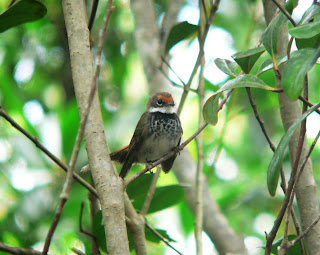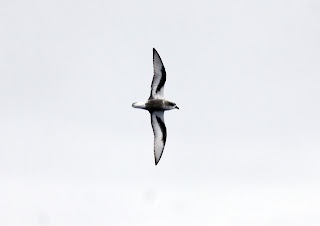The day started with a morning paddle up Coolum Creek in the kayak. This beautiful stretch of waterway is close to the high rises of Coolum, chaotic with holiday-makers at this time of the year, yet I had the place to myself, other than plentiful birdlife including this Rufous Fantail in the mangroves.
This Azure Kingfisher allowed a close approach.
An Osprey was patrolling the backwaters of Coolum Creek.
Little Pied Cormorants sunning themselves with an Australasian Darter
At the Coolum sewage treatment works, these Wandering Whistling-Ducks and Little Black Cormorants were unperturbed by a large Lace Monitor in their midst
An estimated 200 Wandering Whistling-Ducks were at the treatment works - the largest concentration of this species I have seen in southeast Queensland. With these 4 Wandering Whistling-Ducks were a pair of Grass Whistling-Ducks.
In the grasslands along nearby River Road were several Brown Falcons.
And this neat female Golden-headed Cisticola.
This Azure Kingfisher allowed a close approach.
An Osprey was patrolling the backwaters of Coolum Creek.
Little Pied Cormorants sunning themselves with an Australasian Darter
At the Coolum sewage treatment works, these Wandering Whistling-Ducks and Little Black Cormorants were unperturbed by a large Lace Monitor in their midst
An estimated 200 Wandering Whistling-Ducks were at the treatment works - the largest concentration of this species I have seen in southeast Queensland. With these 4 Wandering Whistling-Ducks were a pair of Grass Whistling-Ducks.
In the grasslands along nearby River Road were several Brown Falcons.
And this neat female Golden-headed Cisticola.




















































